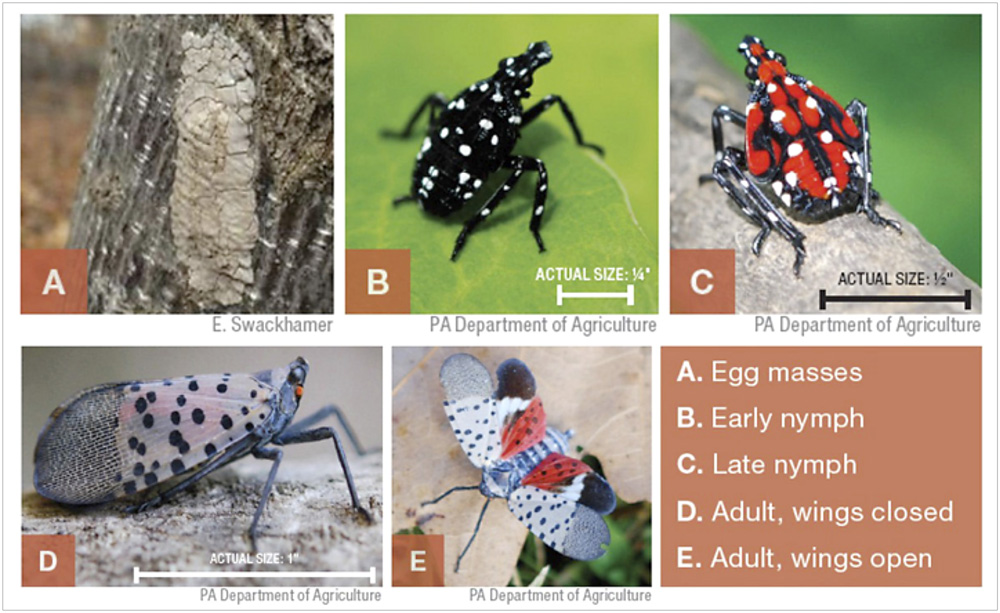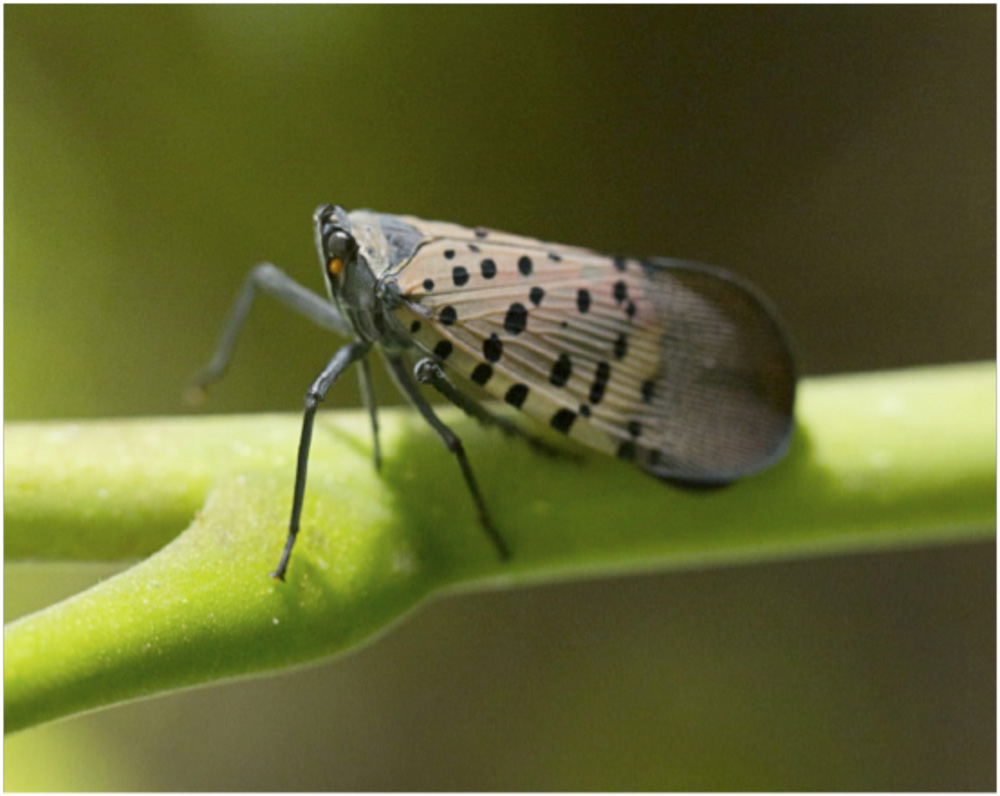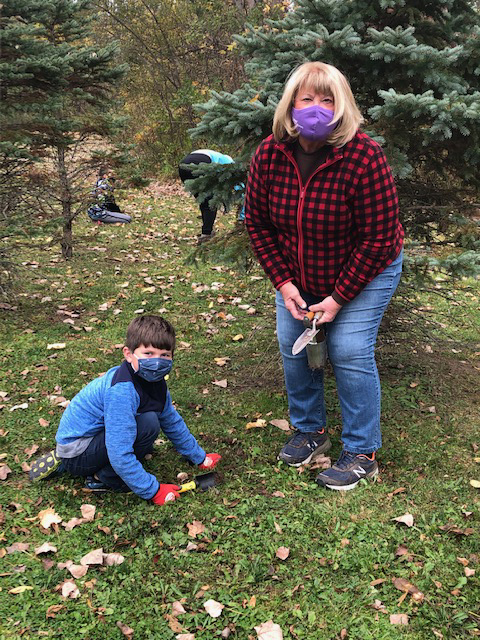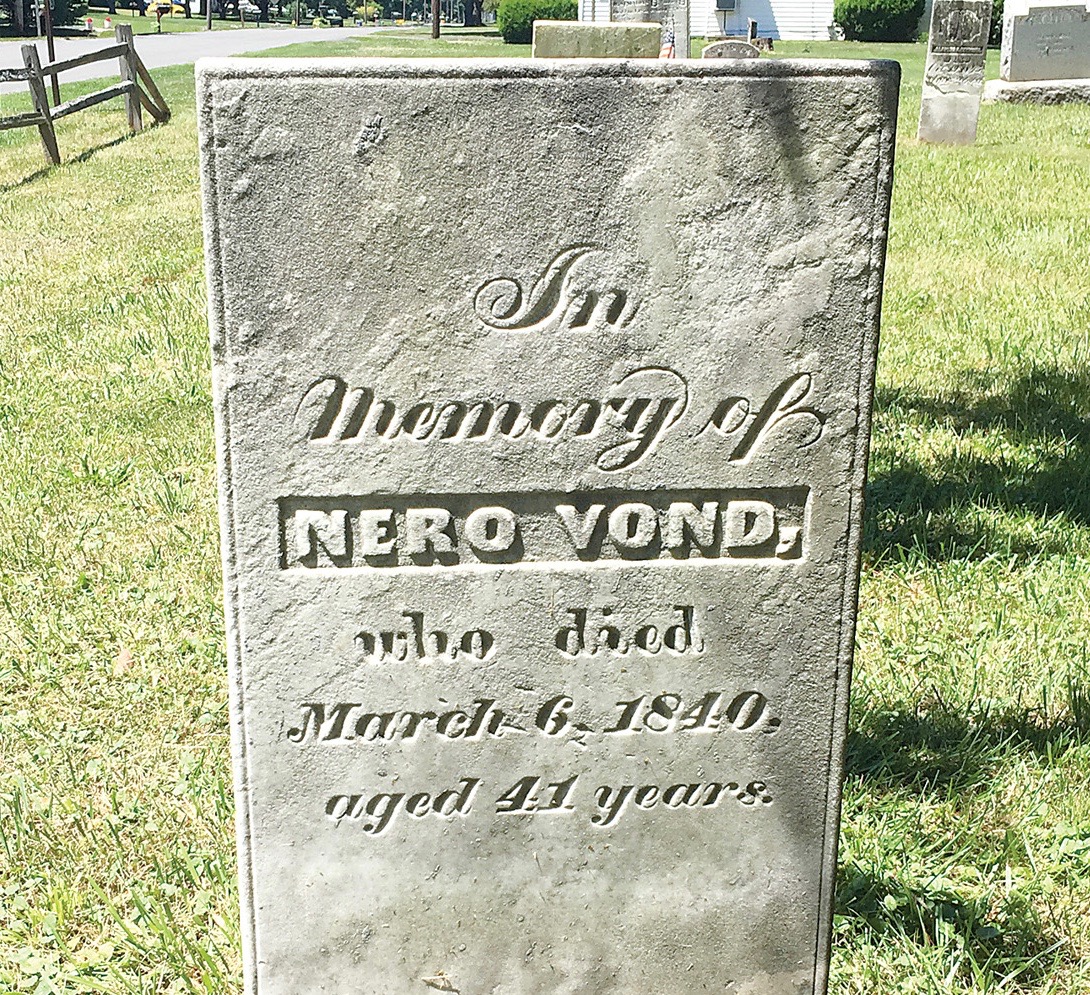The invasive Spotted Lanternfly has made its way into New York
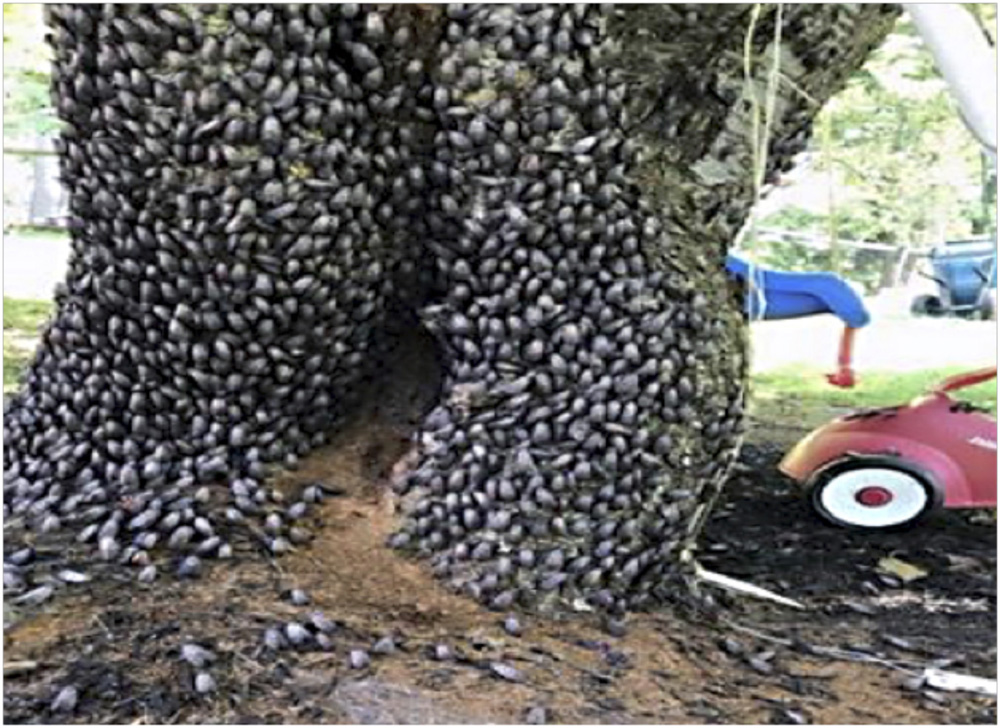
A relatively new invasive species, Spotted Lanternfly (Lycorma delicatula), has been discovered in New York State this fall. This destructive insect (native to Asia) was first discovered in Pennsylvania in 2014 and has since spread to several neighboring states, including just recently to New York. Most of southwestern Pennsylvania is under quarantine for this insect, restricting the movement of landscaping or construction waste, tree parts, or any other material that could harbor a life stage of the insect. Discoveries of both live adult Spotted Lanternfly (SLF) and egg masses have been found in specific areas of Staten Island, the Hudson Valley, and the Southern Tier of New York State. SLF does not sting or bite, and it does not pose a direct health hazard to pets or humans. However, SLF has the potential to severely impact the agricultural and tourism industries of NY, as well as the forests and delicate ecosystems in our natural areas.
Spotted Lanternflies are not really flies at all, but rather a type of insect called planthoppers that have specialized mouthparts that puncture plant tissue and suck the underlying sap. After sucking the plant sap, the insects will excrete a clear sticky substance called “honeydew.” In addition to weakening the plant and making it more susceptible to other disease and insect attack due to the insect’s feeding, the excreted honeydew can cover anything below the infested area, making crops unmarketable and impeding human activity. The honeydew itself is an annoyance, but a black fungal growth called sooty mold will often grow on the excreted honeydew, making the area beneath an infestation unsightly and difficult to clean. SLF will feed on over 70 species of plants, but the preferred hosts are the Tree of Heaven (Ailanthus altissima), Black Walnut (Juglans nigra), Maples (Acer spp.), and Grapevines (Vitis spp.). The biggest concern in New York is the impact this insect could have on vineyards, orchards, and hardwoods. Levels of SLF in NY are currently relatively low, but have the potential to increase quickly. Management of any invasive species is best done before an infestation is established. Residents are urged to familiarize themselves with Spotted Lanternfly and report any sightings as soon as possible.
Adult SLF are about an inch to inch and a half long, grayish tan in color with black spots on their folded wings and a yellow underside to their abdomen. When their upper wings are spread, the lower wings are distinctively bright red with black spots. Adults can be active through December but will be killed off with the harsh winter temperatures. The insect overwinters in egg masses that were laid in late summer and fall. The egg masses are about an inch long, brownish-gray in color, and look like a clump of cracked mud (they are not hairy like a Gypsy Moth egg mass). The nymphs (juvenile SLF) will emerge from the egg masses as early as April, and they will be wingless, black with white spots. They turn red with black and white spots before transforming into the winged adult, usually around July.
SLF can hop and fly short distances, but their primary means of spreading is by human activity. The adults can be in plant material or logs that are moved from place to place. The egg masses can also be laid almost anywhere, making it extremely important to check vehicles, camping equipment, boats, outdoor gear, furniture, etc., when traveling in and around places where SLF might be present. Experts have assessed the infestations found in NY this past fall, and a meticulous IPM (Integrated Pest Management) plan is in place to monitor and manage surrounding areas. There are likely more SLF present in New York that just have not yet been detected, so it is important for the public to be aware of this invasive insect and to be vigilant in detecting and reporting any further sightings.
If you think you’ve seen Spotted Lanternfly, please report the sighting to the NYS Department of Ag and Markets via their Spotted Lanternfly Public Report at https://bit.ly/3gLqLoX. Photos and exact location will be useful.
For information, or to inquire about this or any other invasive species, contact Orleans County Cornell Cooperative Extension’s Horticulture Educator Katie Oakes at klo54@cornell.edu.
Provided information
Photo Sources: Northeast IPM, NYSIPM
